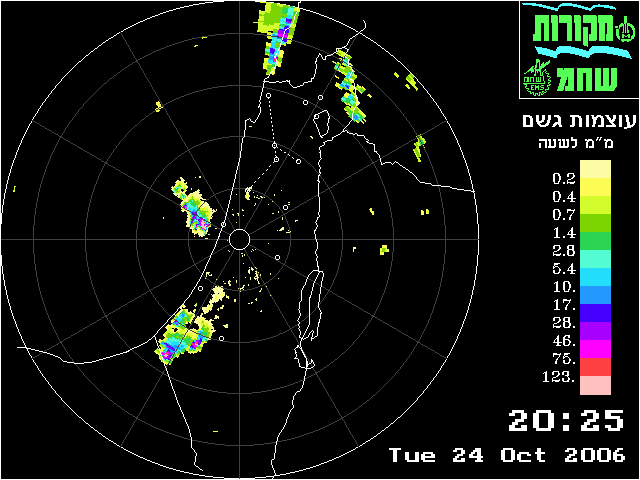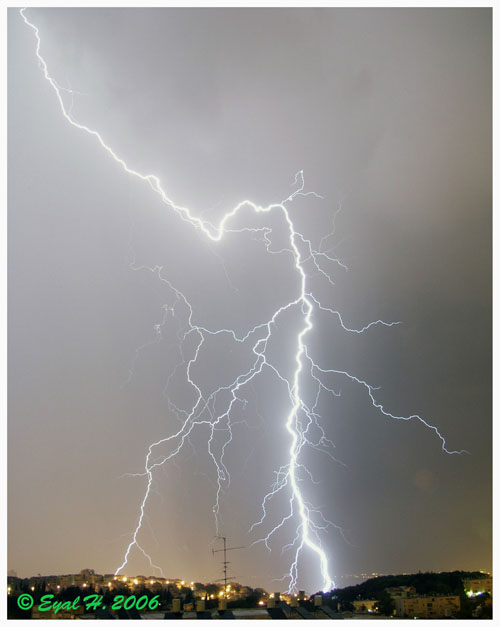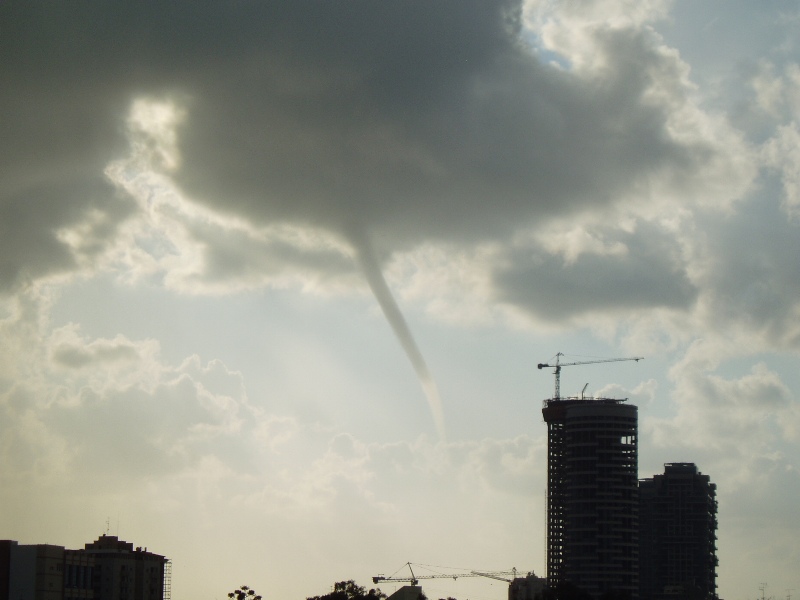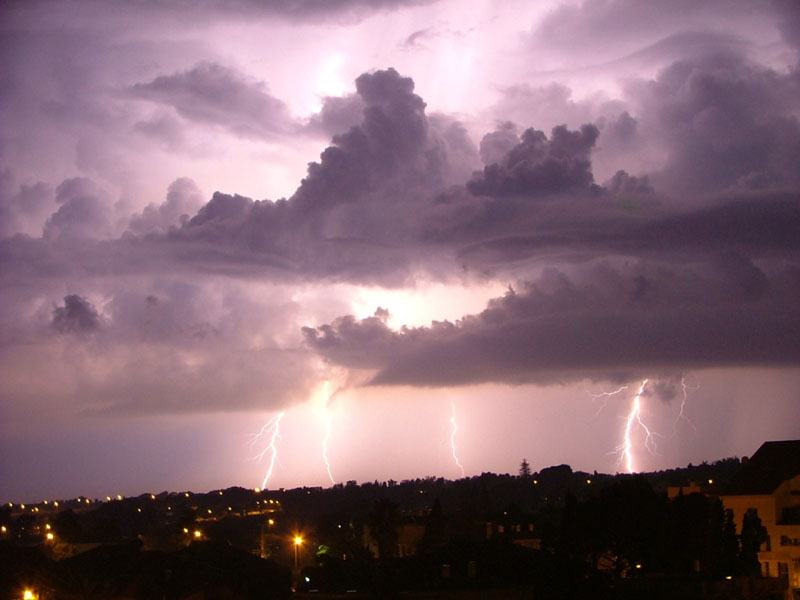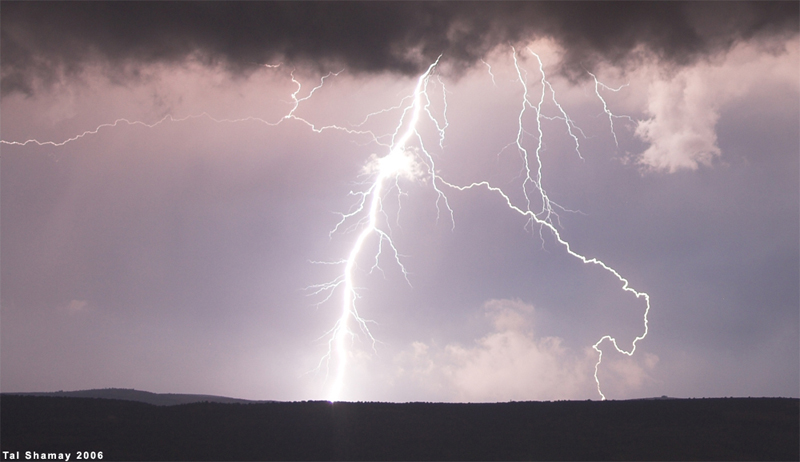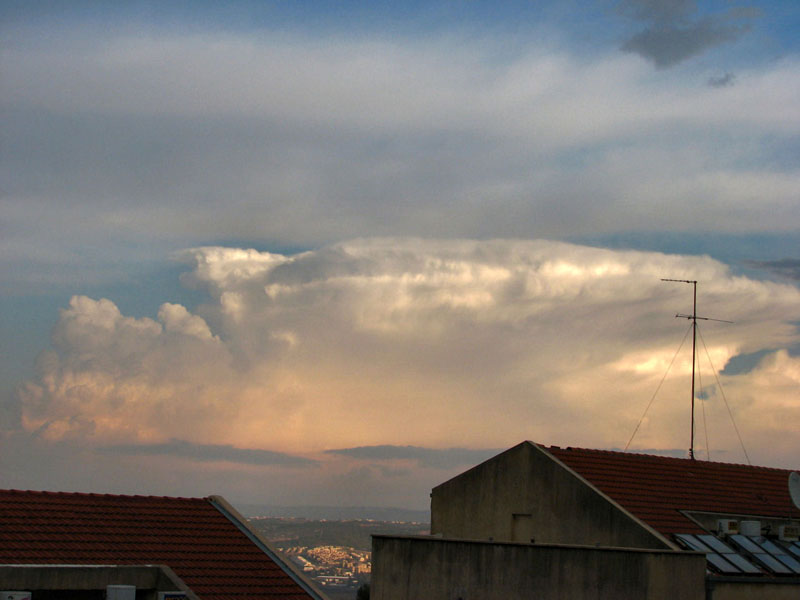David Shohami
EF1
Hello everyone,
In the last 24 hours intense thunderstorms developed in Israel as a result of a classic meeting between the tropical-nature surface Red Sea trough and a cold upper-level European trough. The storms had intense lightning, reaching a bolt a second and even more, for quite a long time. Ben-Gurion airport recorded 60 mm of rain in 40 minutes, which is around twice the October average. Hail up to 3 cm was recorded in some places.
Now to my question. Is this Cb a supercell? Note the striations. I cannot tell whether the cloud rotated or not. Does such a formation always indicate cloud rotation or is it inconclusive? In any case this storm was highly electric and for some time had 2-3 bolts per second.
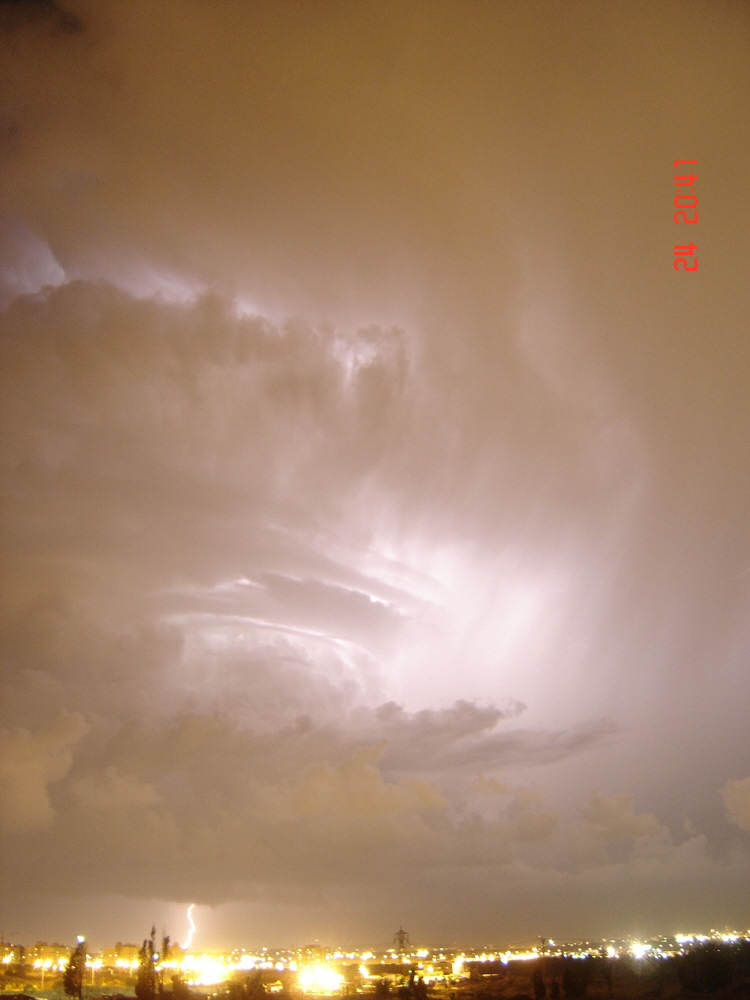
(photographed by Shay Agam)
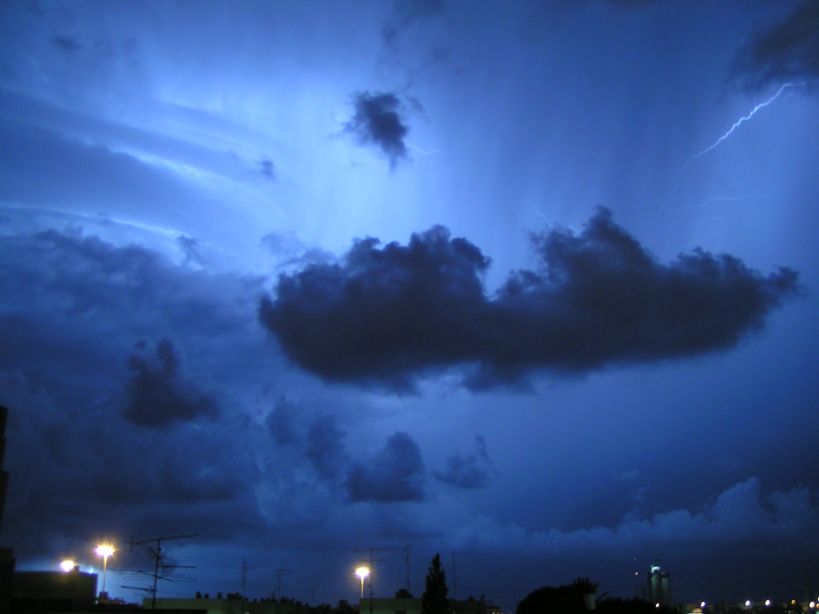
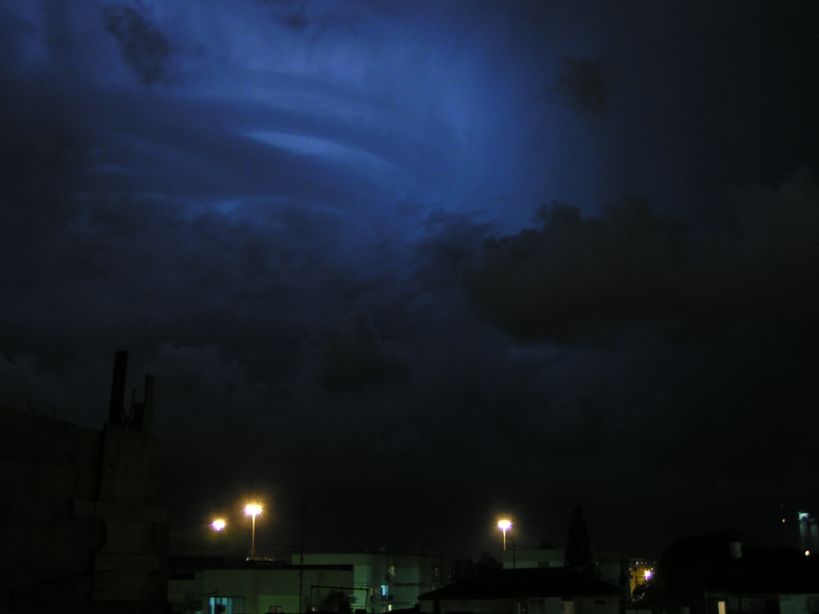
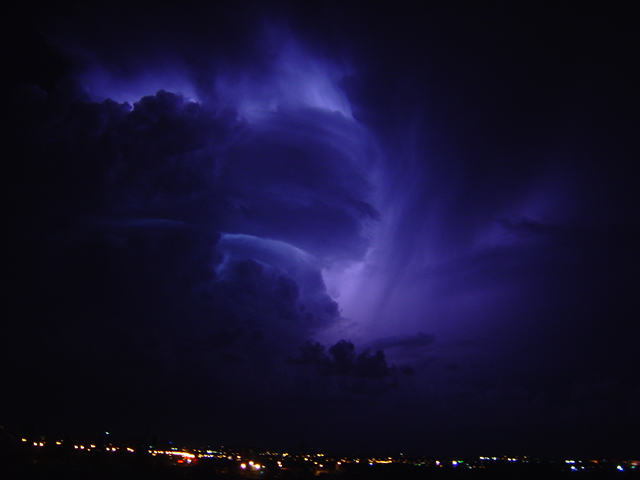
(previous 3 photographed by Yaniv Riz)
In the last 24 hours intense thunderstorms developed in Israel as a result of a classic meeting between the tropical-nature surface Red Sea trough and a cold upper-level European trough. The storms had intense lightning, reaching a bolt a second and even more, for quite a long time. Ben-Gurion airport recorded 60 mm of rain in 40 minutes, which is around twice the October average. Hail up to 3 cm was recorded in some places.
Now to my question. Is this Cb a supercell? Note the striations. I cannot tell whether the cloud rotated or not. Does such a formation always indicate cloud rotation or is it inconclusive? In any case this storm was highly electric and for some time had 2-3 bolts per second.

(photographed by Shay Agam)



(previous 3 photographed by Yaniv Riz)
Last edited by a moderator:

